Honed quartzite gritty - Calacatta Gold
javiwa
8 years ago
last modified: 8 years ago
Featured Answer
Comments (33)
javiwa
8 years agoRelated Discussions
Will u look at my marble slabs? Will honing mute colors? (Pic)
Comments (32)Don't know what "Docusate" is, marcolo, but does it help with a tooth ache? What can i say but that your grumpiness is rubbing off on me. :-) Still, I stand behind my sentiment including my frustration with the posts on GW both from nervous would-be owners and the peanut gallery that seems to encourage the mindless pursuit of some imaginary definition of perfection. This from people who - based on the collective set of their sentiments, statements and photographic documentation don't see that their own endeavours in their activities fall far short of achieving "perfection" - and understandably. The end result with the goading is more in line with bullying than holding a standard. That recognition to me came in a post that I saw from someone here many many years ago. Poster and her husband were doing a large remodel or a rebuild. It was a complex project as they had to attend to myriad issues, surprises and unexpected plan changes, so she said that they just asked the soapstone fabricators to do their best for them with the best slab they could give them as they couldn't add attending to slab selection and counter layout for fab to their plate. They said they preferred a movement-y soapstone of whatever variety and then left it at that. Well came counter installation day and they were nervous as they were going to be surprised. Well, you can guess what the average GWian reaction would be, right? Horror at the selection. Horror at the portion of the slab used. "I would have wanted this piece over here and that piece over there". "This horrible patch of pale gold in a stream of cream should have been cut around ... ". "I've been gypped ..." Not so. This couple said that they were excited but nervous about what they'd get. She said - and I'll never forget this - "we were left speechless. It was even more beautiful than we'd ever imagined." She loved the slab selection; she loved the counter layout the fab picked from the slab; she loved how it appeared in her kitchen ... If you looked at the stone in her kitchen - it had a thick band of white in a dark soapstone and it was easily what the populace here would be doing a collective double over and regurgitate yesterday's dinner over. I was moved reading her post because it was as much a commentary about the beauty in the vagaries in the much vaunted natural materials as it was an instruction in the how the right set of eyes and mind can appreciate said material. That it is done in the whole and not in scrutinizing the minutiae. Now, I'm not that easy-going to be sure and I have had no end of opinions about how wood or stone grain should zig vs. zag (minimally), how trees should grow their branches (symmetrically), how rose bushes should arch etc. But this lady issued the best instruction by personal example about how to appreciate nature. It governed my own ideas about regulating the tightness in the reins on my counter selection - at the time I was trying to figure out if I wanted a particular engg quartz or a black granite ctrtop. I decided that if I was going to go for the granite (that I'd convey to the fabricator what I generally wanted) and then let go and really prepare to be pleasantly surprised. It isn't to say that if you say "I like natural stuff" that you don't get to have an opinion about whether you get a carrera or a statuary or a black granite or a blue quartzite in your home. Really it is more about the fact that once you've realized the key characteristics about what you like, if you need something that zigs exactly the way you see it in your mind's eye and zags just the way you see it, then you are not looking at the right material. The best posts to my mind are the ones who delight in the surprises in their natural materials and the ones who delight in the perfect symmetry and perfect matches achieved in their engineered materials. Anything else makes me feel sad as I feel the poster made the wrong material selection. Madeline, this isn't to say anything to you other than that you might honestly prefer a different class of material - maybe it a man-made but maybe it is a different marble, as others have said. Calacatta with thick veins is more the norm in what I've seen than not....See MoreHoned Vermont Danby marble countertop owners... Love it or leave it???
Comments (144)Hope we didn’t make a mistake. Stone Source did not have any soaostone we liked. so we went with a honed black granite. I have seen somewhere that citrus might etch them which I was hoping to avoid with soapstone. They are honed on one side and leathered on the other. So, I might have to go with the leathered. I still chose Danby marble for my perimeter cabinets. I think I would like the honed granite better aesthetically to go with honed marble. Any thoughts while I have time?...See MoreHas anybody had Caesarstone calacatta nuvo countertop installed?
Comments (59)What are good wall colors for this combination? I'm installing a Calacatta Novo countertop with white high-gloss IKEA upper cabinets and Voxtorp walnut look base cabinets. Using simple 3x6 white subway tiles for backsplash with gray grout and Rawtech white tiled floor (looks like light concrete). I'm thinking of introducing some greige to shake things up instead of a more typical white like Simply White or Cloud Nine (which looks great in the pictures above!) - Worn Leather Shoe, Upper West Side, or Quicksand looked interesting in the Benjamin Moore online program. Any tips?...See MoreBacksplash help for Calacatta Gold quartzite counters...it's time!
Comments (98)Hey, barncatz: Every word of consolation and support helps. I'm trying not to rush the BS decision, but I know I'll feel much better about the countertop experience once I'm not staring at these sliver add-ons. One of my very early inspirations was Majra's kitchen. She, just like pipdog, used the mosaics for a lovely effect. And this is why I spent so much time last year looking at mosaics. But the mosaics seem a bit too busy (for me) up close. The rest of my kitchen is a work in progress. Lotsa 9-1/2' walls that will need to be painted again (probably a cool white -- the next challenge!), and a ton of natural light coming in. Baseboards, pantry door and trim are all semi-gloss white, and ceiling is white. Kitchen is open to the family room: taupe walls with a white fireplace/mantel -- white trim throughout the entire house. pippiep: Matching grout it is, then! One decision down. :) I've marked out the areas that will require BS tile. As you can see, it's not very expansive, and each one not very large. So, I need to find the correct scale/dimension tile that will look right in these spaces. I think using larger (3x6) tiles in a herringbone pattern will leave me with a bunch of chopped up squares in the bartop and cutout window areas. At least with the newest elongated hex pattern, most of the hexes will be retained....See Morejaviwa
8 years agolast modified: 8 years agojaviwa
8 years agojaviwa
8 years agojaviwa
8 years agolast modified: 8 years agojaviwa
8 years agojaviwa
8 years agojaviwa
8 years agojaviwa
8 years agojaviwa
8 years agojaviwa
8 years agojaviwa
8 years agolast modified: 8 years agojaviwa
8 years agojaviwa
8 years agojaviwa
8 years agolast modified: 8 years agojaviwa
5 years agojaviwa
5 years agojaviwa
5 years ago
Related Stories
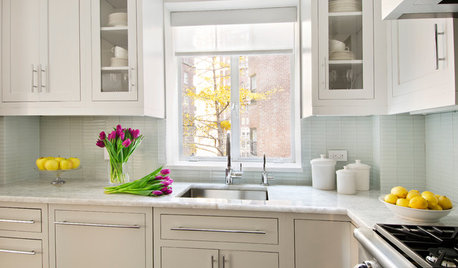
KITCHEN COUNTERTOPSKitchen Counters: Quartzite Offers Strength and Beauty
Eye-catching patterns and a natural pedigree make durable quartzite a popular alternative to granite and marble
Full Story
KITCHEN DESIGNUsing White Marble: Hot Debate Over a Classic Beauty
Do you love perfection or patina? Here's how to see if marble's right for you
Full Story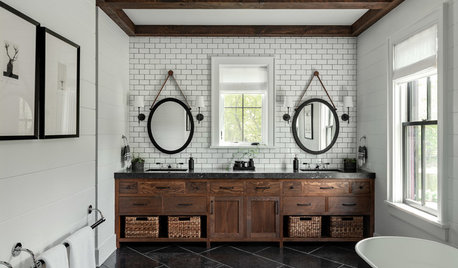
BATHROOM DESIGNBathroom Workbook: 7 Natural Stones With Enduring Beauty
Not everyone wants a marble bath. Bring organic warmth to counters, walls or floors with these hard-wearing alternatives
Full Story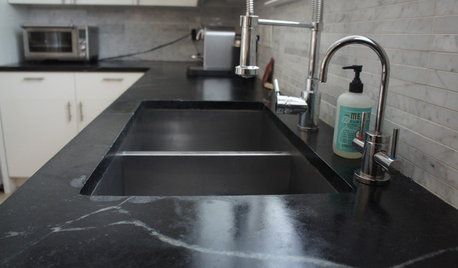
KITCHEN DESIGNSoapstone Counters: A Love Story
Love means accepting — maybe even celebrating — imperfections. See if soapstone’s assets and imperfections will work for you
Full Story
KITCHEN COUNTERTOPS7 Low-Maintenance Countertops for Your Dream Kitchen
Fingerprints, stains, resealing requirements ... who needs ’em? These countertop materials look great with little effort
Full Story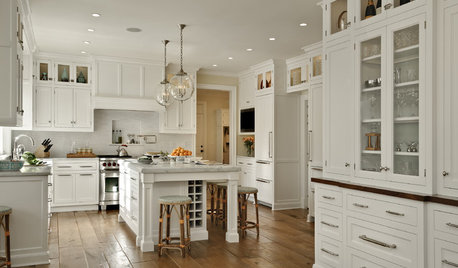
KITCHEN DESIGNDream Spaces: 12 Beautiful White Kitchens
Snowy cabinets and walls speak to a certain elegance, while marble counters whisper of luxury
Full Story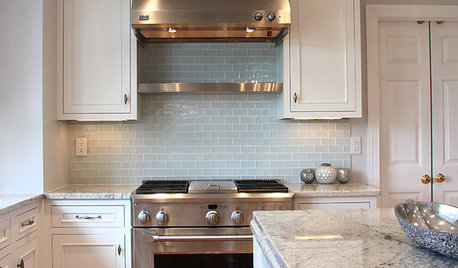
KITCHEN DESIGN5 Favorite Granites for Gorgeous Kitchen Countertops
See granite types from white to black in action, and learn which cabinet finishes and fixture materials pair best with each
Full Story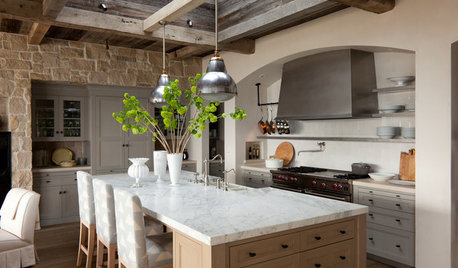
KITCHEN DESIGNHouzz Quiz: What Kitchen Countertop Is Right For You?
The options for kitchen countertops can seem endless. Take our quiz to help you narrow down your selection
Full Story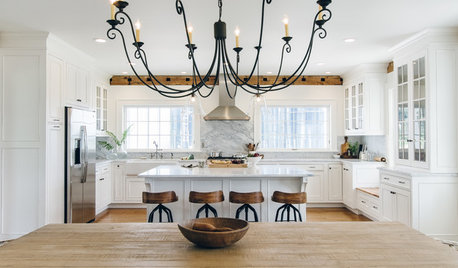
WHITE KITCHENS4 Dreamy White-and-Wood Kitchens to Learn From
White too bright in your kitchen? Introduce wood beams, countertops, furniture and more
Full Story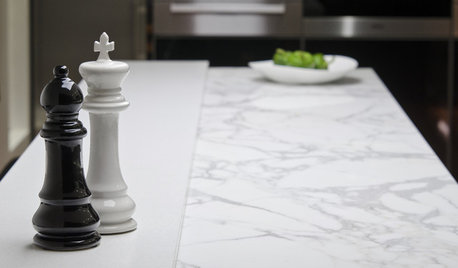
KITCHEN COUNTERTOPSKitchen Counters: High-Tech Solid Surfaces Make Maintenance Easy
Sculpted by heat and nonporous by nature, solid-surface countertops bring imagination and low maintenance to the kitchen
Full Story


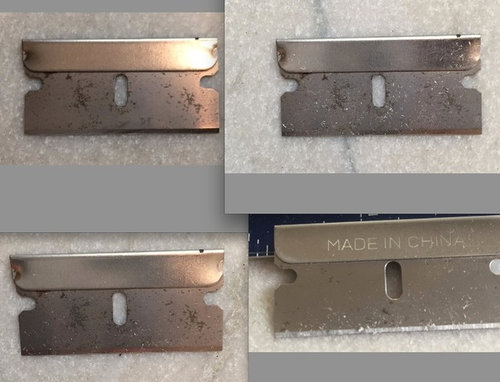
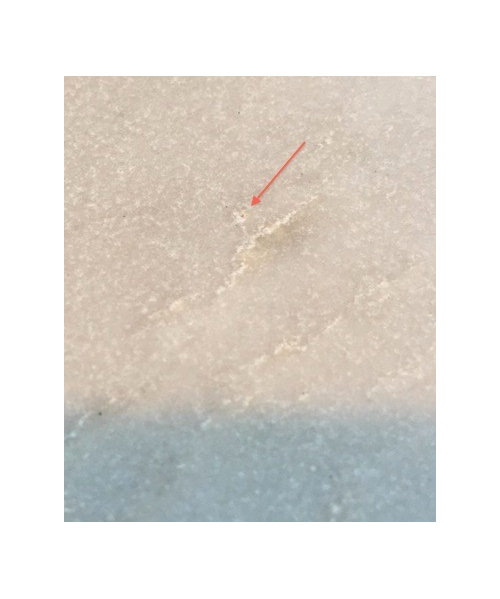


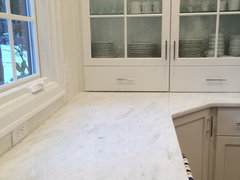

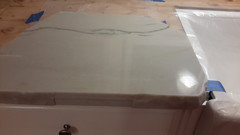
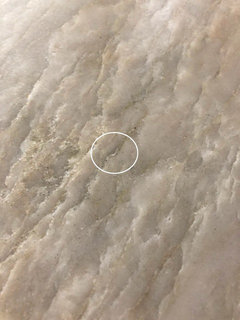
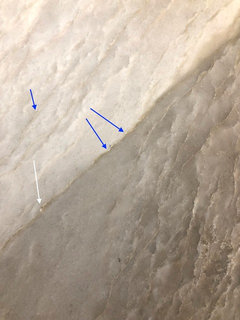

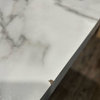


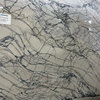
Bunny